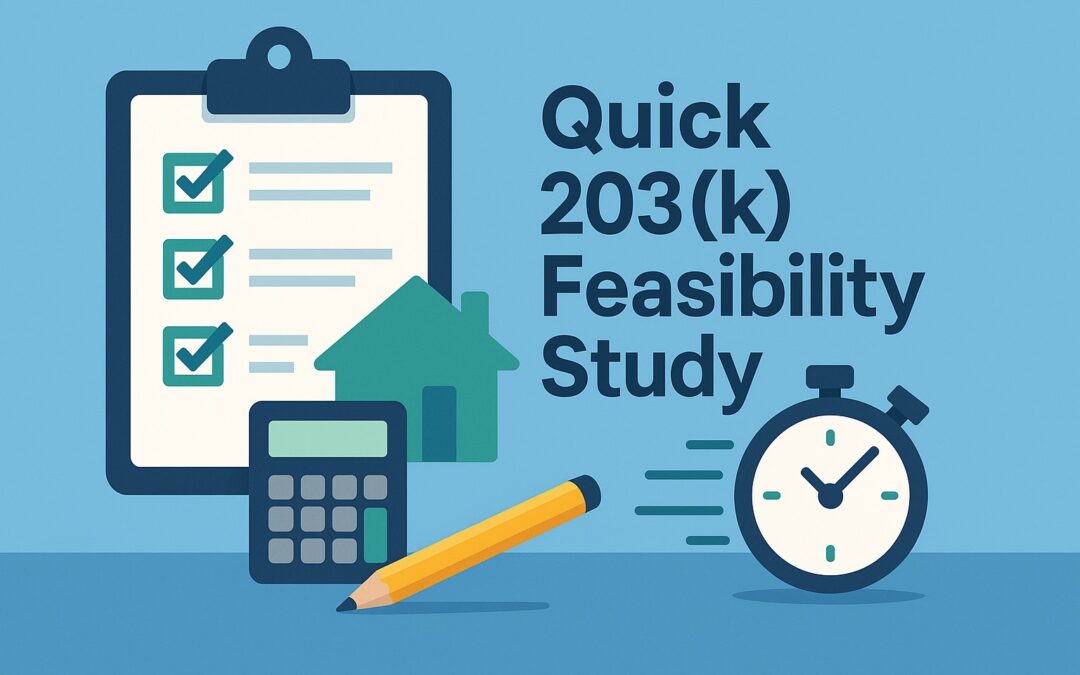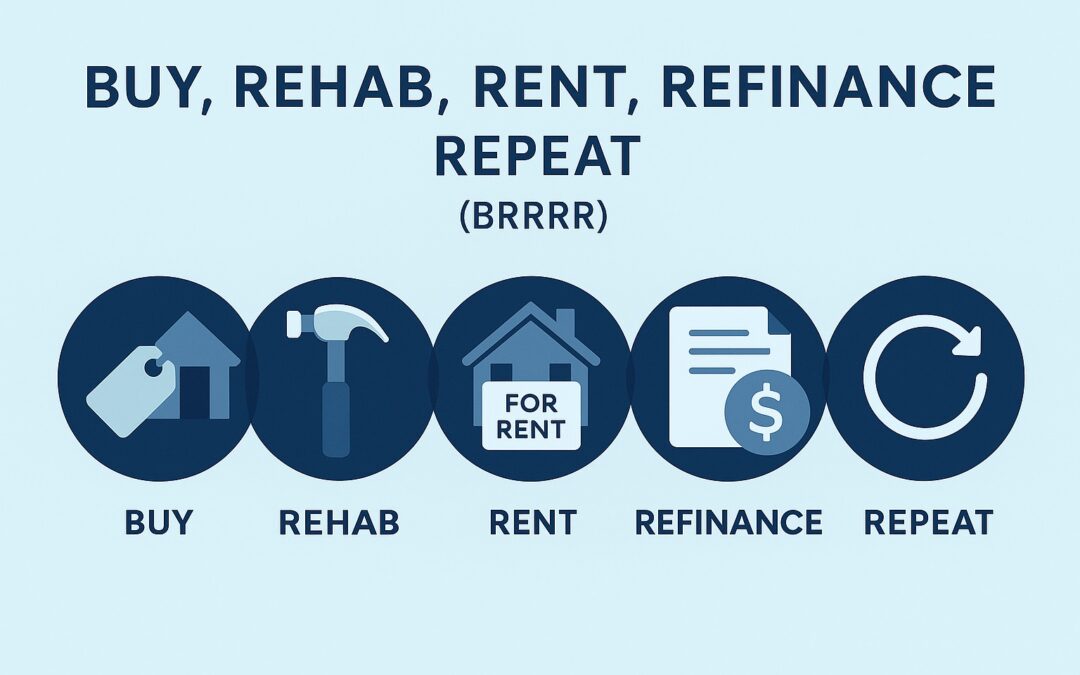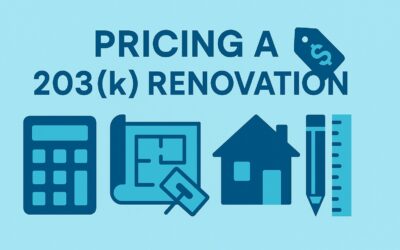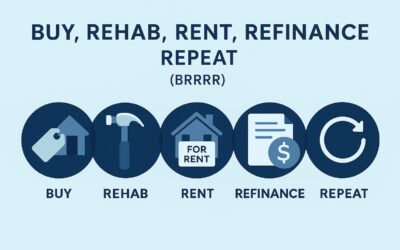In today’s real estate landscape, choosing between an FHA and a conventional loan goes beyond just credit scores and down payments. One of the most crucial, yet often misunderstood aspects of this choice lies in the Minimum Property Standards (MPS). Understanding MPS for FHA vs. conventional loans can shape your entire homebuying journey, from appraisal to final approval.
Let’s explore the deep, structural differences between FHA and conventional loans when it comes to MPS, and how these standards ultimately protect lenders, borrowers, and the properties themselves. Let’s get started!
What Is MPS (Minimum Property Standards)?
Minimum Property Standards (MPS) are federally established guidelines developed by the U.S. Department of Housing and Urban Development (HUD) to ensure that any property purchased with a government-backed mortgage (like FHA loans) is safe, structurally sound, and sanitary. Unlike home inspections, which are optional and focus on buyer education, MPSs are mandatory checks that can make or break a loan approval.
MPS forms the baseline for HUD’s broader regulatory objectives, focusing on:
- Health and safety
- Durability and structural integrity
- Functionality of major systems
So why does this matter? Because if a home fails to meet MPS, the loan won’t be approved, at least not until the necessary repairs are made.
Why MPS Matters in Mortgage Lending
There’s a reason HUD created MPS. Lenders use the home itself as collateral, and they want to ensure that the asset holds its value. When a property doesn’t meet MPS:
- Borrowers may face unexpected repair costs
- Lenders are exposed to greater risks in foreclosure
- First-time homebuyers could end up over their heads
In essence, MPS is a form of preventative protection, not just for banks, but also for families stepping into long-term homeownership.
FHA’s Role in Enforcing MPS
FHA loans are government-insured, meaning the Federal Housing Administration assumes risk on behalf of lenders. That risk is mitigated by requiring all homes to meet HUD’s MPS.
Here’s how enforcement works:
- Appraisers, not inspectors, are the enforcers
- During the appraisal, the home is reviewed against HUD Handbook 4000.1
- If MPS violations are found, the loan approval is paused until resolved
What makes FHA unique is its insistence on meeting these standards before closing, which often trips up unaware buyers or sellers.
FHA MPS Checklist
Here is an example of the FHA MPS checklist that appraisers might use during FHA appraisals, based primarily on HUD Handbook 4000.1 and informed by the technical expectations of HUD Handbook 4910.1. This list focuses on health, safety, soundness, and marketability, not cosmetic issues.
1. General Property Requirements
Marketable condition – Property must be safe, sound, and sanitary.
Adequate living space – Must meet minimum local standards for square footage and layout.
Structural soundness – No major settlement, large cracks, or leaning walls.
2. Site Conditions
No soil contamination – Site must not have oil tanks, hazardous waste, or other contaminants.
Proper drainage – Surface water must drain away from the foundation.
No excessive slope – Land must be stable and not pose risk of landslide.
3. Foundation & Basement
Stable foundation – No signs of water intrusion, major cracks, or instability.
Dry basement/crawl space – Must be dry and properly vented (no mold or standing water).
Secure access – Access to crawl spaces and attics must be safe and serviceable.
4. Roofing
Remaining life of at least 2 years
No active leaks – No signs of water stains, rotted sheathing, or exposed holes.
No missing or damaged shingles or coverings
Proper drainage – Functional gutters and downspouts.
5. Mechanical Systems
Electrical system – Must be safe, with no exposed wiring, GFCI where required.
Heating system – Must heat to 50°F in all living areas.
Cooling system (if installed) – Must be operational.
Plumbing system – Must have hot water, no leaks, and proper waste disposal.
6. Interior Health and Safety
Adequate lighting – Every habitable room should have access to light.
Egress windows – Bedrooms must have a proper exit in case of emergency.
Doors open/close/lock properly
Smoke and CO detectors – Required in appropriate locations (varies by state/local code).
Sanitary facilities – At least one working toilet, sink, and tub/shower.
Safe stairs and handrails – Required where applicable.
7. Kitchen
Working sink
GFCI protection at countertops
Range or hookup – Some FHA underwriters require at least a range hookup.
8. Exterior
No broken windows or damaged exterior doors.
No peeling paint on homes built before 1978 (due to lead paint hazard).
Proper paint condition – All exterior wood surfaces must be sealed/protected.
Safe steps/porches/rails – Handrails required for 3 or more risers.
No crumbling masonry or missing siding
9. Utilities
All utilities must be on and functional during appraisal inspection:
Electric
Gas
Water
10. Attic & Insulation
The appraiser must observe the attic if accessible.
Ventilation required
No signs of mold, damage, or rodent infestation
11. Access & Utilities
Safe pedestrian and vehicle access to the property year-round.
Independent utility service – Cannot depend on neighbor’s utilities.
Adequate access to emergency services
Why Utilities Must Be Turned On During an FHA Appraisal
When comparing MPS for FHA vs. conventional loans, it’s important to note that, unlike conventional loans, FHA appraisers need to test all home systems, including heating, electrical, and plumbing. If utilities are off:
- The appraisal becomes “inconclusive”
- A licensed contractor must certify system functionality
- Delays and added costs often follow
This single requirement catches many sellers and buyers off guard.
FHA MPS vs Home Inspection: Know the Difference
Many buyers confuse the appraisal with an inspection. Here’s the difference:
|
Mandatory |
Optional |
|
Checks for MPS violations |
In-depth review of property condition |
|
Conducted by an FHA appraiser |
Conducted by a licensed inspector |
|
For lender use |
For buyer education |
FHA even recommends buyers get a home inspection, as MPS compliance doesn’t guarantee a flawless property.
MPS for Conventional Loans: Are They Stricter or Looser?
Conventional loans are not federally insured, so they have more flexible property standards. Here’s how they differ:
- Appraisers focus on market value, not habitability
- Local codes often replace federal MPS
- Lenders may impose overlays, but usually less strict than HUD
When looking at MPS for FHA vs. conventional loans, a conventional loan might approve a property with outdated plumbing or minor roof wear, conditions that would likely fail under FHA standards.
Do Conventional Appraisers Have MPS Responsibilities?
While conventional appraisers do assess safety and value, their role is not as rigid:
- They flag major issues affecting livability or resale
- They are not bound by HUD’s overlays (like chipped paint)
- Repairs are negotiable between buyer and seller, not mandated
In essence, conventional loans provide more negotiation leeway during the appraisal stage.
MPS for FHA vs. Conventional Loans: Which One is Stricter?
Without question, FHA loans impose stricter MPS requirements. This makes them:
- Safer for first-time buyers
- Less risky for lenders
- More cumbersome in older homes
Conventional loans are more suited to buyers purchasing as-is homes or investing in properties needing cosmetic updates.
The FHA 203(k) Loan: A Workaround for MPS Issues
If a home doesn’t meet FHA standards, but you still want it, consider an FHA 203(k) loan. This program allows:
- Purchasing the home “as-is”
- Financing the necessary MPS repairs
- Including remodeling funds in the mortgage
It’s the ultimate solution for homes with great potential but major flaws.
Conclusion
We thoroughly discussed MPS for FHA vs. conventional loans. FHA loans come with stricter property requirements, and that can sometimes make buyers hesitate. But here’s the good news: when you’re using a 203(k) loan, there’s no reason to stress. All necessary repairs can be financed directly through the loan.
The secret is simple: understand your loan, understand your property, and plan ahead.
Ready to explore your options? Reach out today for a FREE Consultation!
FAQs
What are the most common FHA MPS issues?
Peeling paint, broken handrails, inactive utilities, leaky roofs, and exposed wiring top the list.
Can a home pass a conventional loan but fail FHA?
Yes, due to FHA’s stricter habitability and safety standards.
What is the 203(k) loan, and how does it help?
It allows buyers to finance both the home and repairs under one loan, bypassing MPS failure issues.
Are FHA appraisers stricter?
Yes, because they check both value and MPS compliance, unlike conventional appraisers.
Can a seller refuse FHA buyers due to MPS?
Yes, especially if they don’t want to make repairs or deal with HUD requirements.
References:
https://www.hud.gov/program_offices/housing/ramh/mps/mhsmpsp
- https://www.rocketmortgage.com/learn/fha-minimum-property-standards
- https://www.hud.gov/sites/documents/49101XKHSGH.PDF
- https://www.fha.com/fha_article?id=600
- https://www.hud.gov/program_offices/administration/hudclips/handbooks/hsgh/4910.1
- https://www.mortgageresearch.com/articles/fha-vs-conventional-property-appraisal-requirements/
- https://www.cozyhomeinspection.com/minimum-requirements-va-fha-usda-and-conventional-loans.html
- https://www.hud.gov/program_offices/administration/hudclips/handbooks/hsgh
- https://www.fha.com/fha_article?id=600
- https://www.investopedia.com/articles/mortgages-real-estate/11/fha-minimum-property-standards.asp
- https://www.hud.gov/sites/documents/DOC_12628.PDF
- https://www.hud.gov/sites/dfiles/OCHCO/documents/4000.1hsgh-112021.pdf








0 Comments